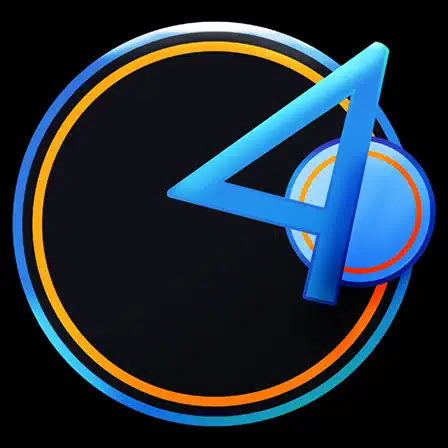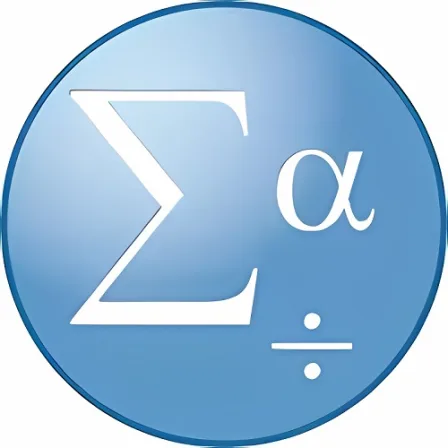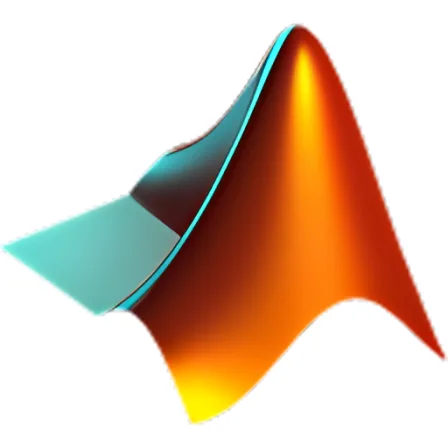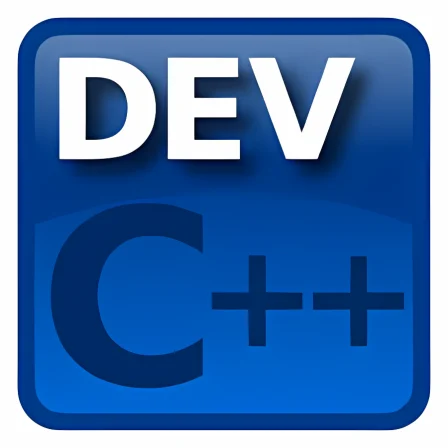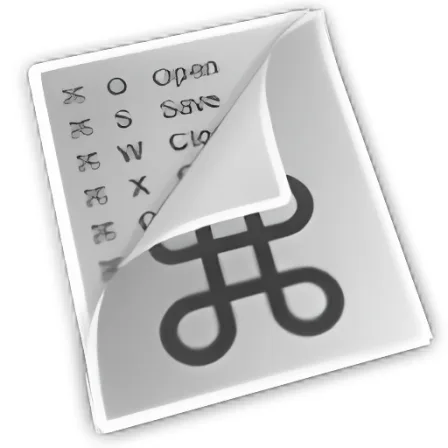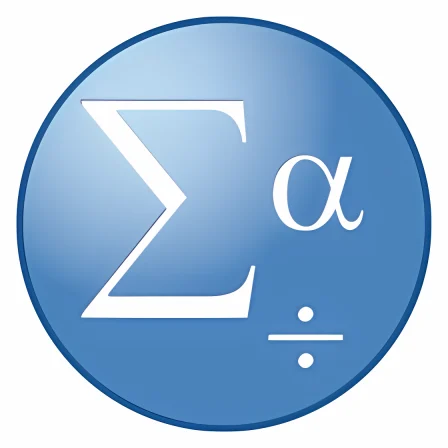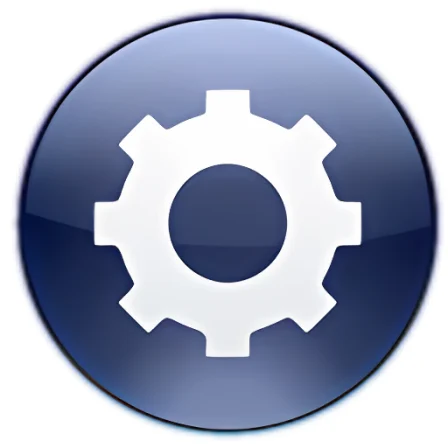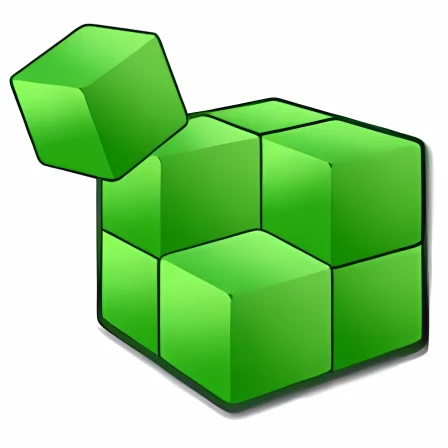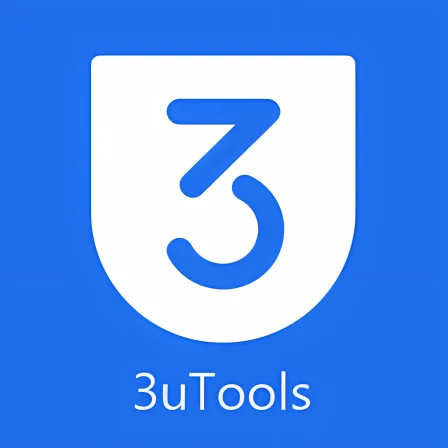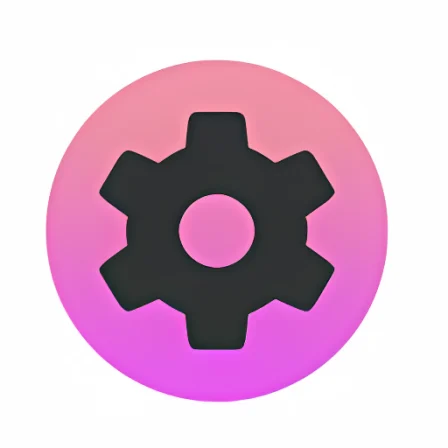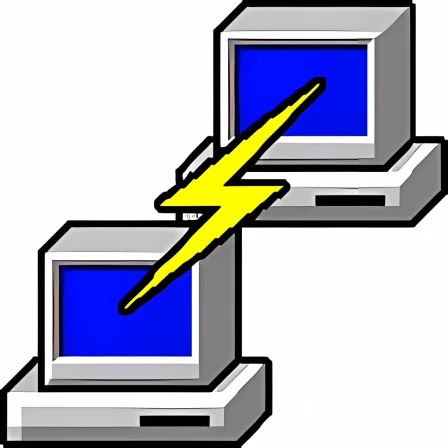NovoLookApp
Explore unique software, on unique store


MATLAB for Windows
MATLAB Unleashed: Discover Your Sci-Prog Powers
- Developer: The MathWorks
- License Type: paid
- Language: english
- Platform: Windows

MATLAB is a powerful software tool designed for various scientific and engineering tasks, offering users an interactive environment to perform numerical computations, simulations, and programming. Developed by MathWorks, this platform is commonly referred to as a "matrix laboratory" due to its ability to handle matrix-based tasks while also offering programming capabilities. MATLAB's user interface allows users to process data, visualize results, and design custom interfaces for their specific needs. The MuPAD engine toolbox provides symbolic computation capabilities for enhanced functionality.
As a versatile platform, MATLAB offers numerous functions to users in math and engineering fields: 1) Users can enter results, execute commands, and open files within the command window. The platform uses special symbols like ">>" to denote prompts for input and actions. 2) Users can debug M-files, a type of script file that stores the commands entered in the command window. 3) The platform's interface is organized into four main sections: command window, workspace, navigation toolbox, and toolstrip for easy access to tools.
The most crucial part of MATLAB's interface is the command window where users can input commands, view generated variables from their workspaces, and execute them. Variables are not saved by default in MATLAB but can be imported or created within the system manually.
In terms of file types, MATLAB supports two primary formats: .m and .mat files. The first type, known as the M-file format, stores commands in plain text for easy reading and execution. The second file type is a .mat file which represents binary data containers that hold variables, functions, arrays, among other codes. MAT files can handle multidimensional numeric arrays and character strings as well but are more complex than their M-file counterparts.
To convert between these formats, users can flip a .mat file to a CSV format for better organization by viewing the code cell-by-cell or save it as a compressed ZIP file with a ".mat" extension for multi-session usage. When working within MATLAB, users can load and utilize files to enhance their projects effectively.
MATLAB's unique programming language and platform make it suitable for both novice and experienced programmers who require visualization of complex mathematical operations involving matrices and arrays. Its four-paneled interface assists users in managing resources during tasks, while its two native file formats quickly identify commands and visual aids for greater usability across diverse scientific fields. In summary, MATLAB offers an accessible and powerful toolset that caters to various needs in the realm of math and engineering applications.
